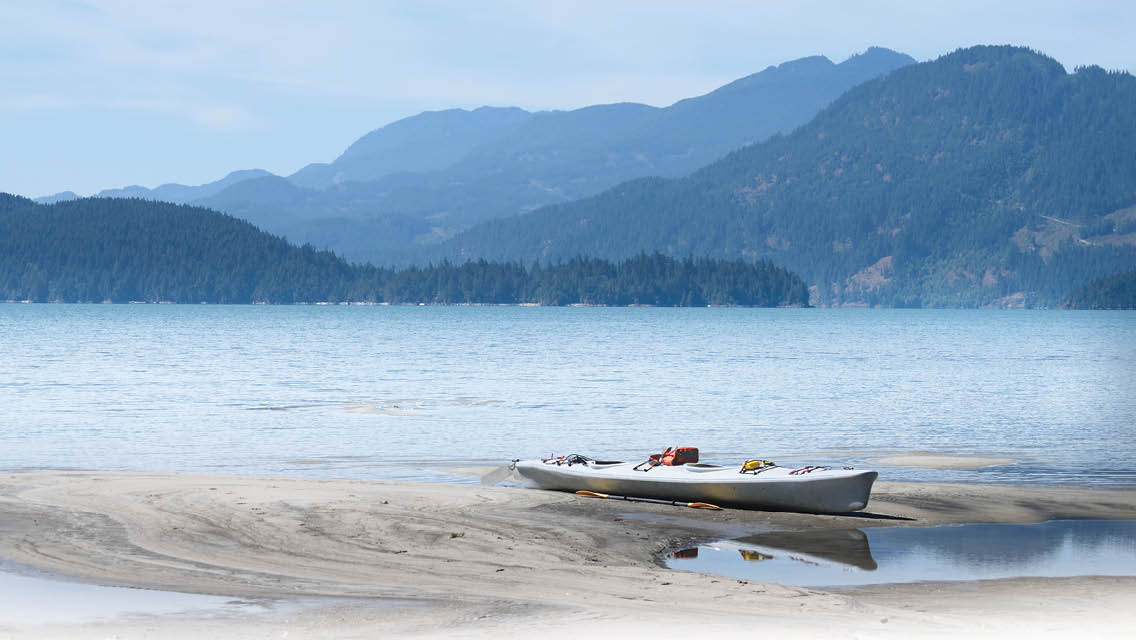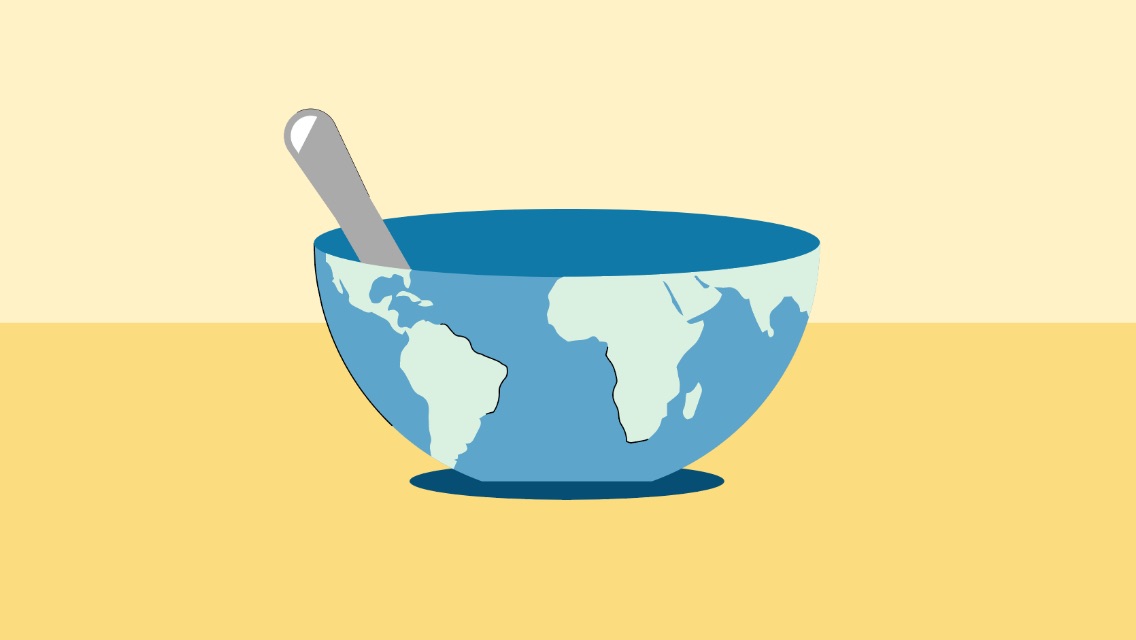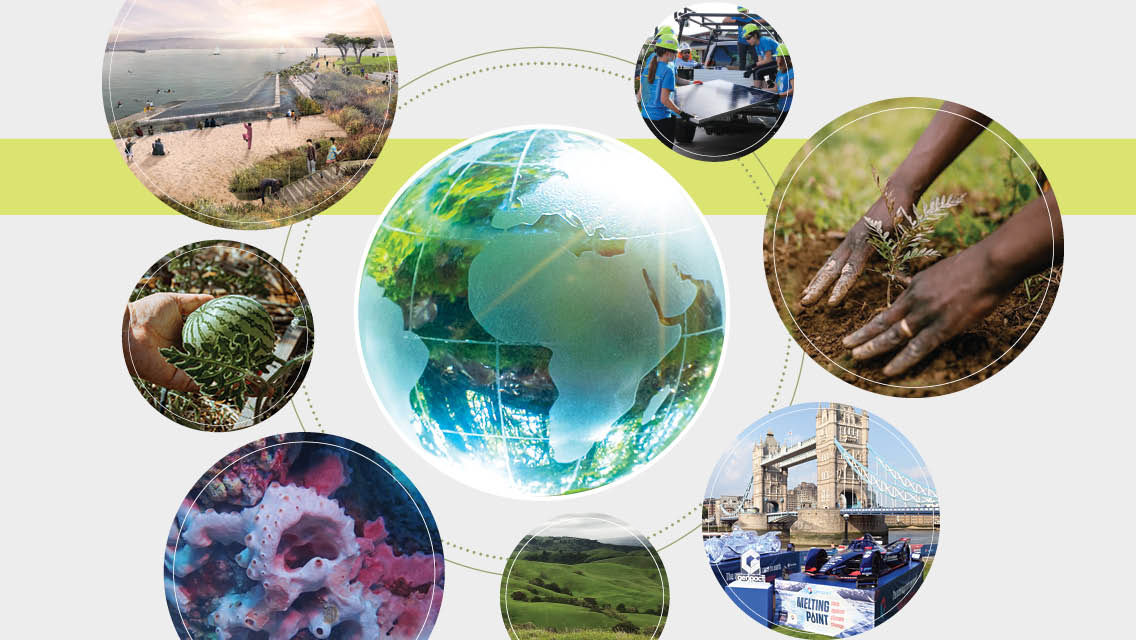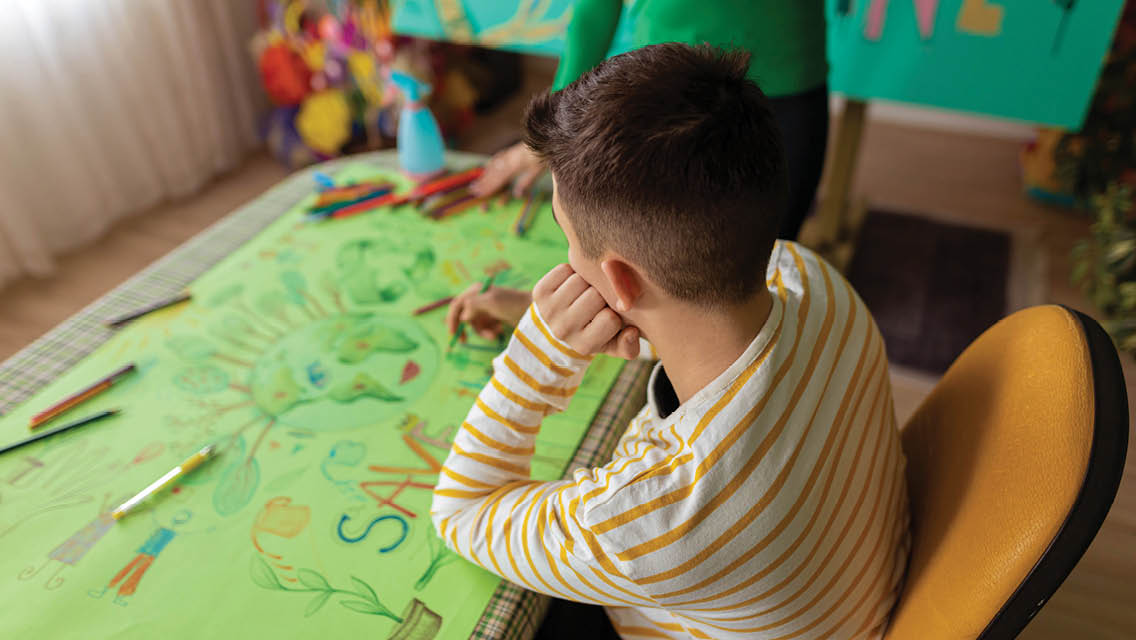I often paddled my kayak toward the middle of the lake to find solace, but that day I felt ill at ease. The lake was low. Water had receded from the shoreline, revealing rock and sand like bared teeth, and marsh grasses stood naked on dry ground.
After a drier-than-normal winter, the summer of 2021 was warmer and more arid than average for Minnesota, and 75 percent of my state was in drought. The unusual conditions in my little corner of the world, experts reported, could be chalked up to climate change, which contributes to jet-stream lags that trap heat over an area longer than normal.
Of course, one low suburban lake is not a crisis. The deathly heat dome over the Pacific Northwest that summer was a crisis. Devastating flooding in China that summer was a crisis. More than 84 million people displaced by climate change in 2021 alone was a crisis.
For me, fretting the particular was a way to mourn the universal.
The Eco-Anxiety Continuum
Our emotional responses to the climate crisis run from denial to despair, grief to guilt, ambivalence to anger. When climate change feels abstract or distant, it can be hard to connect daily life to what’s happening on a larger scale. Or maybe the problem seems too intractable, and we don’t know how to respond.
Even if we know the crisis is real, confusion and complexity can lead to a sense of helplessness, which can lead to inaction.
For others, signs of the climate crisis are everywhere, urgency is high, and anxiety is compounded by fury that we’re not doing enough, quickly enough, to mitigate it.
“People are experiencing sleeplessness, anger, relationships breaking up,” says Sami Aaron, founder of the Resilient Activist, an organization that provides support for those on the front lines of climate activism. “People are operating in fight-or-flight mode 24/7, which is what happens when we’re angry, when we’re frustrated — when we can’t make any headway.”
Transforming Anxiety Into Action
The good news is that learning to work with and through our emotions enables us to advocate for the environment more effectively — which, in turn, helps build our resilience.
“In the grief, fear, and anxiety are seeds of mental health,” assures psychotherapist Daniel Masler, PsyD.
These suggestions for managing eco-anxiety offer a place to start.
1. Acknowledge Your Anxiety
“It’s normal to be anxious about the climate,” says Masler. “Anxiety is adaptive and practical. When we perceive threats to our environment, we’re hardwired to respond — it’s part of what keeps us alive.
“If you can begin to accept that this is a normal reaction, then you can confront your suffering. You can look at it in the face and say, ‘I’m suffering because the lake is low and I’m scared about drought.’ That’s a reasonable thing to say. You can start to sit with anxiety as opposed to going into a lot of self-doubt.”
2. Practice Emotional Self-Regulation
Learning to manage your emotions can keep you from spiraling into despair. Deep breathing, guided meditation, and other mindfulness exercises can help you move out of heightened anxiety into an energy state that’s more sustainable.
“These practices open you to receptivity and new ways of thinking and imagining how to be,” says Aaron.
3. Spend Time in Nature
For those of us trapped in ambivalence, connecting with nature can propel us forward. “The meaning of nature becomes deeper the more you experience it,” says Masler. “You understand it, and you realize you are part of it.”
But while most people feel calmer and more connected to nature after spending time in the woods or in a park, Aaron cautions that this can backfire for those who are feeling deeply distressed about the environment.
“Especially if your activism has to do with land restoration and land use, and what you see is degraded habitat — mowed lawns, farmland planted with monocrops using chemicals, invasive species everywhere — you need to design a safe space for yourself,” she says.
Aaron recommends creating an area — perhaps a garden of native pollinator-friendly plants — where you can relax and experience nature’s beauty without being triggered by all that’s wrong.
4. Find Your People
At a recent Climate Café, a monthly online gathering hosted by Aaron’s organization, participants swapped stories about sustainable living. The group included college students and retirees, environmentalists and activists, and people, like me, who were there to learn. I logged off feeling relieved (no one judged me for “not doing enough”) and equipped with ideas for changes I could make.
The Resilient Activist hosts many events throughout the year, and in 2020 the organization partnered with researchers at the University of Kansas to discover whether participation in such programming was associated with improved emotions.
“We learned that if an activist attended any one of our events, it increased their emotional well-being measurably,” Aaron notes. “It’s about being in a community of people that get you, where you don’t have to explain yourself, where you’re accepted right where you are, whatever your activism level is.”
5. Stop Doomscrolling
“Turn off the news feed. Take a break,” advises Masler. “Instead, do things that bring you joy — go fishing, dance, play pool, make art. When activities we love are approached as practices, they become a way to check in with ourselves and deal with the enormous stress of these historical times.”
“We’re not going to put on our rose-colored glasses,” Aaron adds. “We need to know what’s happening.” But we can set aside time to intentionally shift some of our thoughts into what is working well.
“We can ask, ‘What is beautiful?’” she says. “That’s where the mindfulness comes in.”
6. Talk About It — Then Take Action
“There’s nothing wrong with having moments of feeling stuck or paralyzed,” says Masler. “But rather than staying stuck, we can talk about how we’re feeling with a therapist or with friends who can support us. Then we can take action. Doing something, however small, helps your mental state enormously.”
And taking action doesn’t necessarily mean taking to the streets.
“There are gifts we are born with, things we love to do because they come easily to us,” says Aaron. “I love public speaking. I like writing. If you’re an artist, make posters or create an art installation. If you’re an amazing cookie baker, make some cookies and take them to the protestors.”
The lake near my home was still low during the summer of 2022. But rather than retreat into gloom, I got outside more often to enjoy quiet sunrises, the heartening cries of red-winged blackbirds, and the graceful flight of blue herons. I wrote postcards on behalf of an organization I believe is doing good work. And Climate Cafés are now a standing date on my calendar.
This article originally appeared as “Living With Climate Anxiety” in the November 2022 issue of Experience Life.





This Post Has 0 Comments